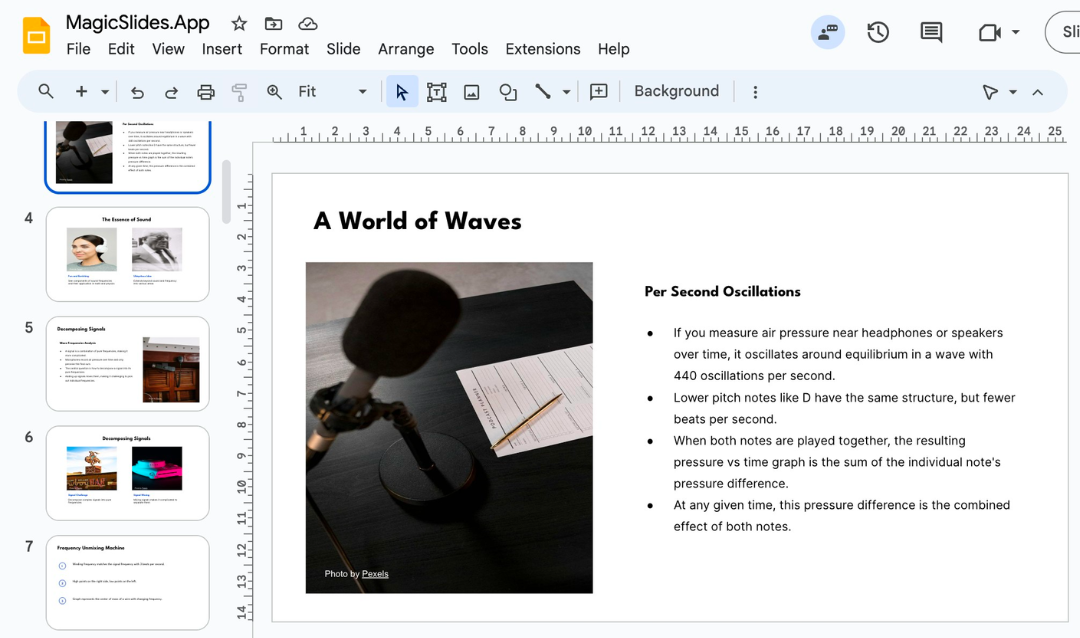What is a Personal SWOT Analysis?
- Strengths: Your internal attributes or skills that give you an advantage.
- Weaknesses: Internal areas that need improvement or create barriers.
- Opportunities: External factors that you can leverage for personal growth.
- Threats: External challenges or obstacles that could hinder your success.
Why Do a Personal SWOT Analysis?
- Identify your core competencies and use them to your advantage.
- Address weaknesses and turn them into opportunities for growth.
- Recognize external opportunities and take proactive steps toward success.
- Mitigate potential threats by developing contingency plans.
How to Do a Personal SWOT Analysis
Step 1: Reflect on Your Strengths
- What skills, talents, or traits make you stand out?
- What achievements are you most proud of?
- What do others often praise or rely on you for?
- Excellent communication skills.
- Adaptability in challenging situations.
- Strong analytical thinking.
Step 2: Identify Your Weaknesses
- What skills or knowledge gaps are holding you back?
- What do you struggle with in your daily life or work?
- Are there habits or traits that limit your potential?
- Difficulty managing time effectively.
- Procrastination when faced with large tasks.
- Limited technical expertise in certain areas.
Step 3: Explore Opportunities
- Are there emerging trends in your field you can capitalize on?
- What resources, networks, or programs are available to help you grow?
- Are there specific roles or challenges that excite you?
- Attending a leadership workshop to enhance skills.
- Leveraging networking events to build connections.
- Learning in-demand skills through online courses.
Step 4: Evaluate Threats
- What changes in the industry or market could affect you?
- Are there external challenges, such as financial constraints or competition?
- Do you face any personal challenges, such as work-life imbalance?
- High competition for desired roles in your industry.
- Economic uncertainties impacting career stability.
- Risk of burnout due to overcommitting.
Tips for an Effective Personal SWOT Analysis
- Be Honest: A candid assessment is crucial for identifying real growth opportunities.
- Ask for Feedback: Friends, colleagues, or mentors can provide valuable insights into your strengths and weaknesses.
- Write It Down: Document your analysis in a clear, organized format for easy reference.
- Focus on Action: Use the insights from your SWOT analysis to set achievable goals and create a development plan.
Example of a Personal SWOT Analysis
Category | Details |
Strengths | Strong presentation skills, adaptability, proactive learning. |
Weaknesses | Struggles with time management, difficulty delegating tasks. |
Opportunities | Opportunity to lead a team project, availability of mentorship programs. |
Threats | Rising competition in the industry, risk of professional stagnation. |
Using the Results of Your Personal SWOT Analysis
- Build on your strengths by taking on challenges that align with your skills.
- Address weaknesses by setting measurable improvement goals.
- Take proactive steps to capitalize on opportunities, such as networking or learning new skills.
- Develop strategies to mitigate threats, such as diversifying your skill set or improving work-life balance.
